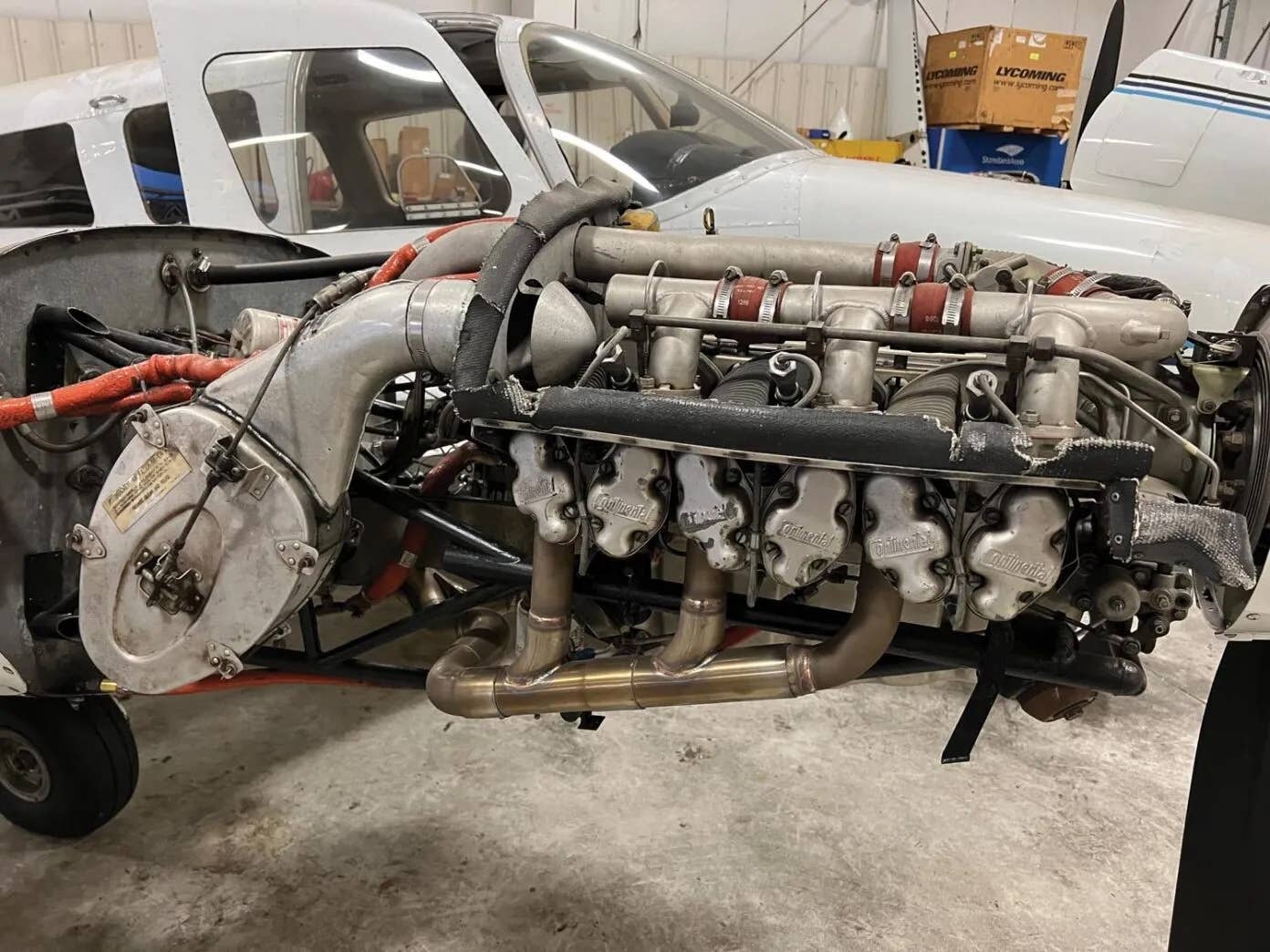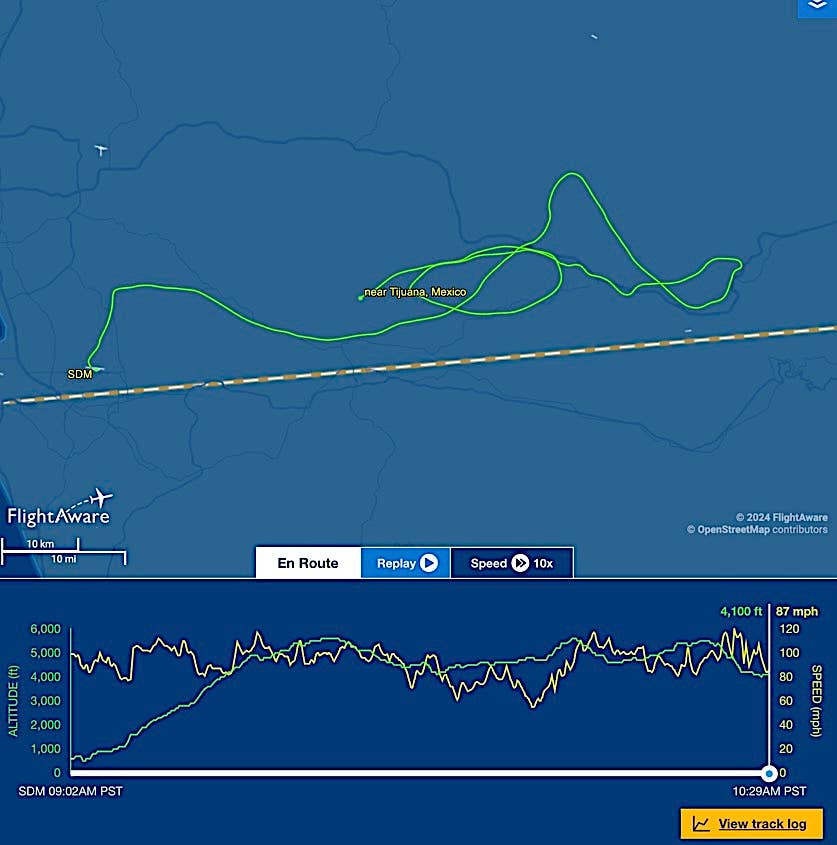General Aviation Accident Bulletin
Recent general aviation and air carrier accidents.

AVweb's General Aviation Accident Bulletin is taken from the pages of our sister publication, Aviation Safety magazine. All the reports listed here are preliminary and include only initial factual findings about crashes. You can learn more about the final probable cause in the NTSB's website at www.ntsb.gov. Final reports appear about a year after the accident, although some take longer. Find out more about Aviation Safety at www.aviationsafetymagazine.com.
November 16, 2018, Franklin, N.C.
Cessna 162 Skycatcher
The airplane was substantially damaged at about 1015 Eastern time during a forced landing to a field. The sport pilot received minor injuries. Visual conditions prevailed.
Nearing his destination, the pilot reduced engine power and began a slow descent. About two minutes later, the engine lost all power without any roughness or sputtering. The pilot turned on the carburetor heat and set the mixture control to full rich but was unable to restart the engine. During a forced landing to a field, the right wing struck a fence and the airplane came to rest inverted.
Examination revealed adequate fuel was aboard. No preimpact mechanical malfunctions were identified with the airframe or engine. The engine started and ran normally. Recorded weather at the destination airport, at 1020, included temperature of five degrees C and a dewpoint of zero. An FAA carburetor icing chart for the given conditions revealed "Serious icing (cruise power)." The pilot added that he did not have a full understanding of the potentially subtle nature of carburetor ice.
November 17, 2018, Liberal, Kan.
Beech 95-B55 Baron
At about 1657 Central time, the airplane impacted power lines and terrain during a landing approach, sustaining substantial damage. The private pilot and passenger were fatally injured. Instrument conditions prevailed; the flight operated on an IFR clearance.
While en route, the pilot reported to ATC that the airplane picked up "too much ice" in a descent and would like to climb to 8000 feet MSL. The pilot then reported moderate/severe icing and was unable to climb. The airplane was at 3500 feet MSL. The pilot requested radar vectors to a nearby ILS approach but ATC stated the airplane was below the minimum IFR attitude and vectors were not available. Subsequently, the pilot reported in visual conditions and established on the localizer, which ATC confirmed. The controller then cancelled the flight's IFR clearance, terminated radar service and asked the pilot to confirm the airport in sight. The pilot responded that he could not see out of the windshield and would have to get closer. There were no further recorded communications from the flight.
The airplane came to rest in a field about three miles south of the runway and about 325 feet north of unlighted/unmarked powerlines, the top wire of which had been separated. The airplane's nose landing gear and one of the propellers displayed features consistent with a wire strike. The airplane's windshield was covered in ice when the airplane was located by law enforcement at about 1920. On the day following the accident, about ½-inch of ice was present on the leading edges of the horizontal stabilizers. The airplane was not equipped with a wing anti-ice/deice system.
November 17, 2018, Gainesville, GA
Lancair Legacy RG Experimental
The airplane was substantially damaged when it struck trees and impacted terrain at about 1835 Eastern time. The private pilot was fatally injured; the pilot-rated passenger was seriously injured. Night visual conditions prevailed.
A witness in an airplane waiting to take off saw the accident airplane approach. He reported seeing the landing lights, which "became dim and they appeared to roll 180 degrees" before the accident. The pilot-rated passenger recalled that the pilot was flying the airplane on the approach when the airplane suddenly became inverted. He did not recall any further details.
Flight data recorded by the airplane's instrumentation revealed that just after passing the final approach fix, the flaps were extended to about 17 degrees. About 2.6 nm from the runway at 2200 feet MSL and an airspeed of 139 knots, the landing gear was lowered. About 1.6 miles from the runway, at 1900 feet and 129 knots, the autopilot was disengaged. About 15 seconds later, the flaps were extended to 40 degrees for about five seconds, and then were fully retracted. As the flaps retracted, vertical speed increased from about 600 fpm to about 1200 fpm, the pitch attitude began to slowly increase from about minus two degrees to plus two degrees and the airplane gradually descended below the glidepath. The last recorded data point showed the airplane about 0.3 mile from the runway, on the extended runway centerline at an altitude of 1323 feet MSL and an airspeed of 110 knots with a descent rate of 1029 fpm.
November 17, 2018, Barnesville, GA
Piper PA-28-180 Cherokee 180
At about 1112 Eastern time, the airplane was substantially damaged after a collision with trees and terrain. The flight instructor and student pilot had minor injuries, and two passengers were not injured. Visual conditions prevailed.
Prevailing winds were out of the north at seven to eight knots and Runway 35 was used for the takeoff with the student at the controls. Acceleration seemed normal, considering the runway upslope and turf surface. The airspeed reached 65 knots and was increasing at the predesignated decision point, which was about 60 percent of the runway length. After takeoff, the airplane banked to the left unexpectedly. The stall warning light was not illuminated. The student called out the lack of responsiveness and the flight instructor took control. The pilots realized that the airplane would not clear trees at the departure end of the runway, so the flight instructor elected to land the airplane straight ahead and aim it between the trees. The airplane touched down about 200 feet from the trees and continued until it struck several small trees and one large one. The airplane came to a stop, the engine was secured, and the pilots and passengers egressed the airplane and were met by first responders.
This article originally appeared in the February 2019 issue of Aviation Safety magazine.
For more great content like this, subscribe to Aviation Safety!






